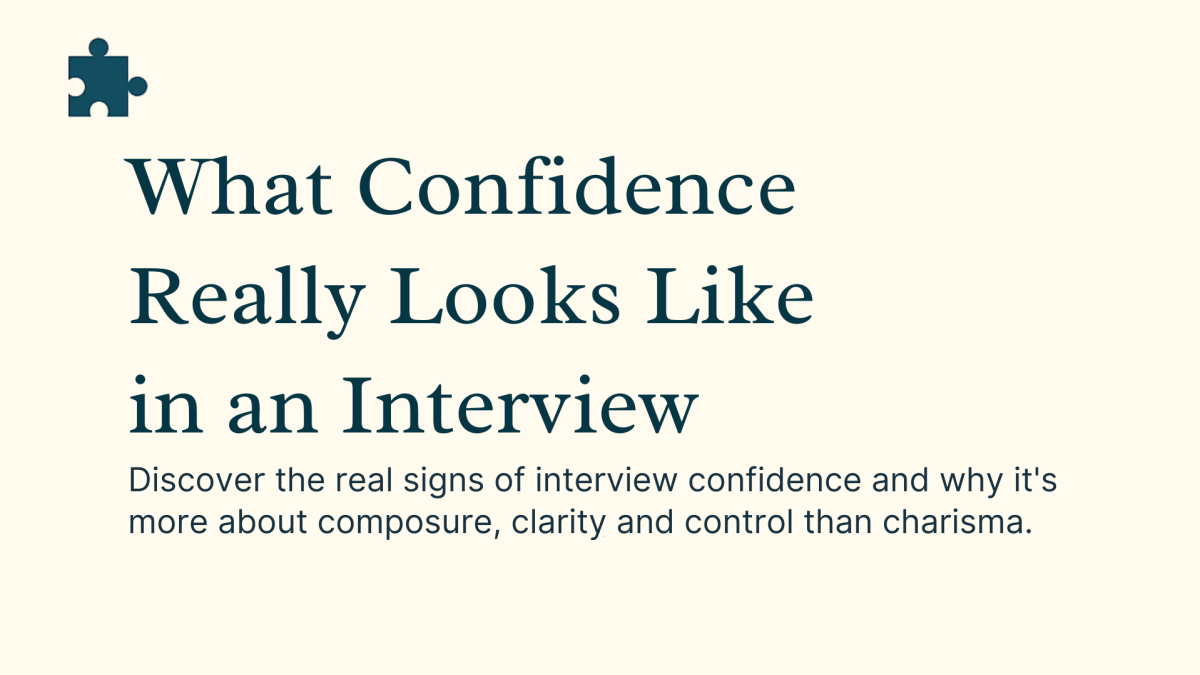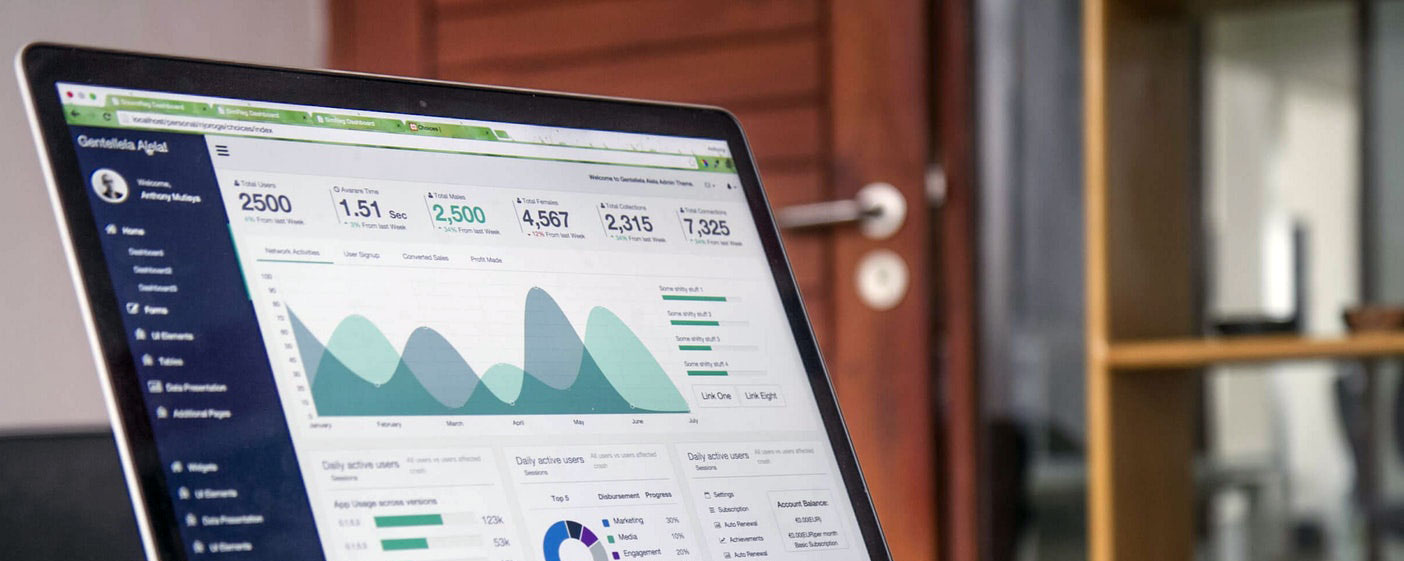What Confidence Really Looks Like in an Interview

Discover the real signs of interview confidence and why it’s more about composure, clarity and control than charisma.
Discover the real signs of interview confidence and why it’s more about composure, clarity and control than charisma.
“Just be confident.” Easy to say, hard to do. In interviews, confidence isn’t loudness or bravado, it’s the ability to stay clear, calm and connected under pressure. If you haven’t yet read
The Confident Candidate | Interview Tips, Confidence & Career Success , start there for practical foundations on interview preparation and mindset.
Below, you’ll find what interviewers actually look for, common myths that trip candidates up, five subtle behaviours that signal assurance and practical ways to build presence even when you feel nervous. Myth 1: “Confident = outgoing.” Reality: introverts and extroverts can both be highly confident, it’s about self-management, not volume. Myth 2: “You need every answer.” Reality: confident people clarify, think aloud and admit limits. Myth 3: “Talk more to look confident.” Reality: confident communicators balance listening with concise answers. Myth 4: “Confidence is perfection.” Reality: it’s recovery and ownership when things go off-script. Open shoulders, grounded feet, hands visible. Move deliberately; reduce fidgeting. Small, calm gestures reinforce credibility. Connect naturally without staring. With panels, share attention; when listening, give gentle focus to the speaker. One slow breath before you answer. Aim for steady, warm tone and measured pace rather than volume. Use short pauses to think and let key points land. Rhythm: think, speak, pause, breathe. Signal maturity with lines like “What I learned was…”, “It helped me understand…”, “Next time I would…”. Prepare beyond the script: speak answers aloud (record yourself), practise posture and pace. Familiarity lowers adrenaline. For more on how preparation shapes confidence, see The Confident Candidate. Visualise calm, not just success: picture steady breathing, focused listening and measured delivery. Focus on connection, not performance: tailor answers to what matters to the interviewer; it relaxes your body and sharpens your message. Anchor physically: feet on the floor, hands resting, one reset breath before you start. Reframe nerves as energy: tell yourself, “This is energy helping me perform.” It switches fear to focus.
💬 Related Reading:
The Confident Candidate | Interview Tips, Confidence & Career Success
Learn the behaviours assessors score and practise them with guidance. The
Confident Candidate Blueprint gives you practical frameworks and guided exercises to excel at your best.
Written by Natasha Benham, Founder of This Is Your Career — helping candidates prepare with clarity, composure and confidence.
🧩 What Confidence Really Looks Like in an Interview
What interviewers actually look for
Common myths about confidence (it’s not loudness)
“Confidence isn’t loud. It’s composed. It’s the calm that makes your ideas easy to hear.”
5 subtle behaviours that communicate calm assurance
1) Steady posture & stillness
2) Intentional eye contact
3) Breath-led vocal control
4) Thoughtful pausing
5) Reflective language
How to build presence even when you feel nervous
What common feedback really means (and how to fix it)
Feedback phrase
What it really means
Fix
“Seemed nervous” Tense voice or body; rushed delivery Slow breath, shorter sentences, deliberate pauses “Could be more engaging” Flat tone or generic examples Vary tone, use specific outcomes and reflections “Needs stronger presence” Fidgeting, weak eye contact Ground feet, open posture, still hands “Didn’t demonstrate leadership” Unclear ownership or impact Use “I led…”, “I decided…”, quantify results “Good content, low impact” Right points, weak delivery Practice vocal steadiness, slower pace, emphasis Ready to interview with calm, clear confidence?
Categories: : Early Careers, Employability Skills, Interview, Job Search
 This Is Your Career
This Is Your Career 
